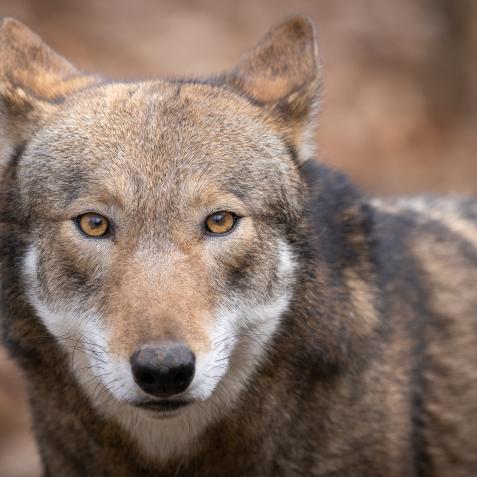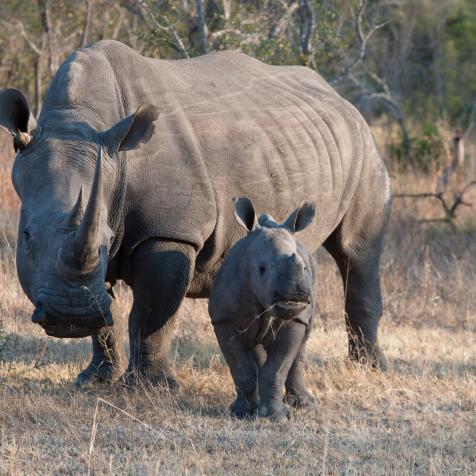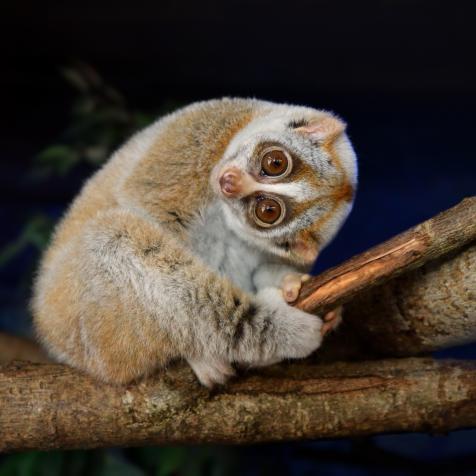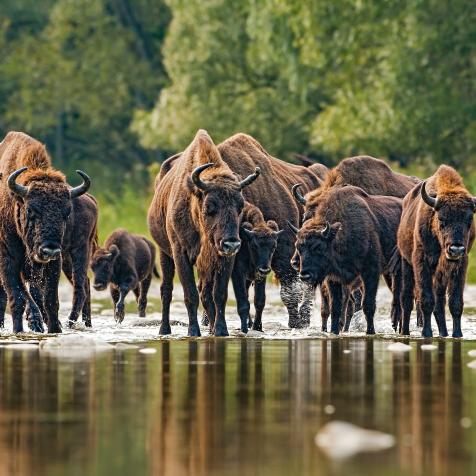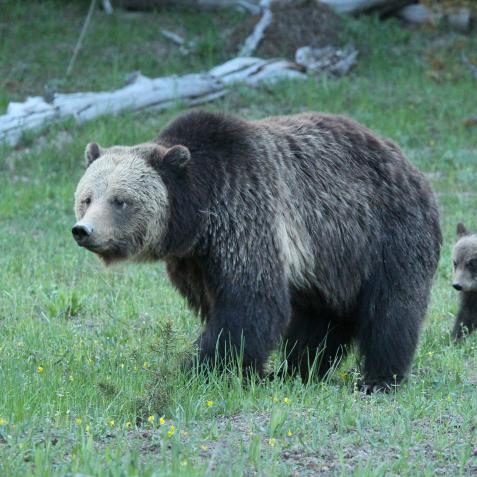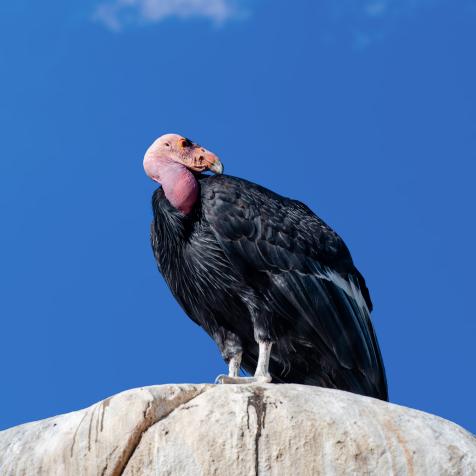Top Five Rarest Bottom Dwellers
National Insect week occurs between June 20 -26. The week focuses on the importance of insects within ecosystems, nature, and wildlife. Insects do have a bad reputation, as some are a nuisance, and some are scary, but each plays a key role in maintaining order in nature. In celebration of the hard-working insects that you may see in your backyard, here’s a list of the ones you won’t be seeing. The rarest insects on the planet.
Number one on our list is the Dryococelus australi, aka the tree lobster. Native to the island, Lord Howe, these twig-like creatures were thought to be extentic when a few thousand were found in early 2000. Although they may seem scary, they are a docile species of the stick insects family. Growing to about eight inches, with males being slightly smaller than females, they utilize their tiny legs to run quickly instead of having wings like other stick species. The tree lobster has taken the title of being the rarest insect, as a small population was found in the early 2000’s and was taken to help repopulate it’s numbers. Now there's an estimate of 9,000 living tree lobster on their home island.
Second on our list was rumored to be so beautiful that Victorians would use them as sequins. The Tansy Beetle was once widely common in the United Kingdom but now has dwindled in its numbers. The beautiful beetle can now only be found in wetland areas like River Ouse in York. The numbers have fallen due to a loss of suitable habitat. These beetles get confused with other leaf beetles, but can be identified by their bright green shell. You’ll also find these beetles on a leaf of a Tansy plant or one of their choosing and they’ll remain on that plant for the duration of their life. Efforts to grow the beetle’s numbers have been started by various organizations to help protect their habitat so the species can grow its numbers on its own.
The Titanus giganteus can grow to be 6.5 inches, only slightly smaller than the Hercules Beetle. Commonly known as the Titan beetle, this is the only species of its kind in the titanus family. This one-of-a-kind beetle has a one-of-kind home it can only be found in. The tropical rainforest of South Africa is the primary home for these giant beetles. Unlike other beetles, the titan gives warning hisses when feeling in danger and might bite for those who engage it aggressively. Much of the information about the titan is limited and unknown because of the inability to locate the beetle. What we do know is that this species of beetle is the last of its family and its reddish-brown shell is an amazing sight to see for those who cross its path.
The Euspinolia militaris takes the crown for being the cutest insect on the list. Also called the ‘panda ant’, are originally known to live in parts of Chile and Argentina, but have recent sightings in Southwest America, and Mexico. The primary habitat for these insects are places with mild temperatures and gravelly soil, so they can burrow within. Although its name is misleading, the panda ant is a wasp with a mighty sting. These wasps may seem cute and tiny, but the stinger on them holds a toxin that attacks the body's cells. Also called the ‘cow killer’ , six stings from this tiny wasp are lethal, even though they hold no real threat to humans. Even with female Euspinolia militaris birthing 2000 eggs, the species is endangered as many predators eat the young before adulthood.
The assassin bug lives up to its name, as it's known for using its beak to suck the fluids from its prey. These insects have been known to suck the blood from vertebrates, including humans, causing a transfer of disease. These insects normally are seen in dark and brown but have been known to have vibrant colors. These insects assert powerful predatory behavior as they prey on multiple other insects. Originally from Europe, these insects have been found in the United States and Canada after its accidental introduction here. They prey on bed bugs and flies and can camouflage with dust and lent as their body attaches to them and will bite humans when threatened.
Assassin Bug











